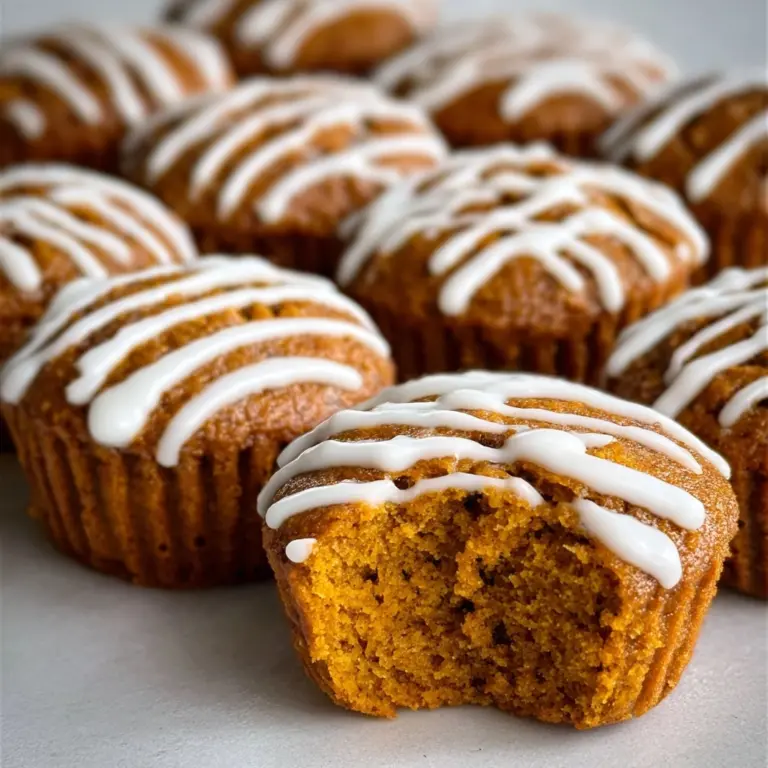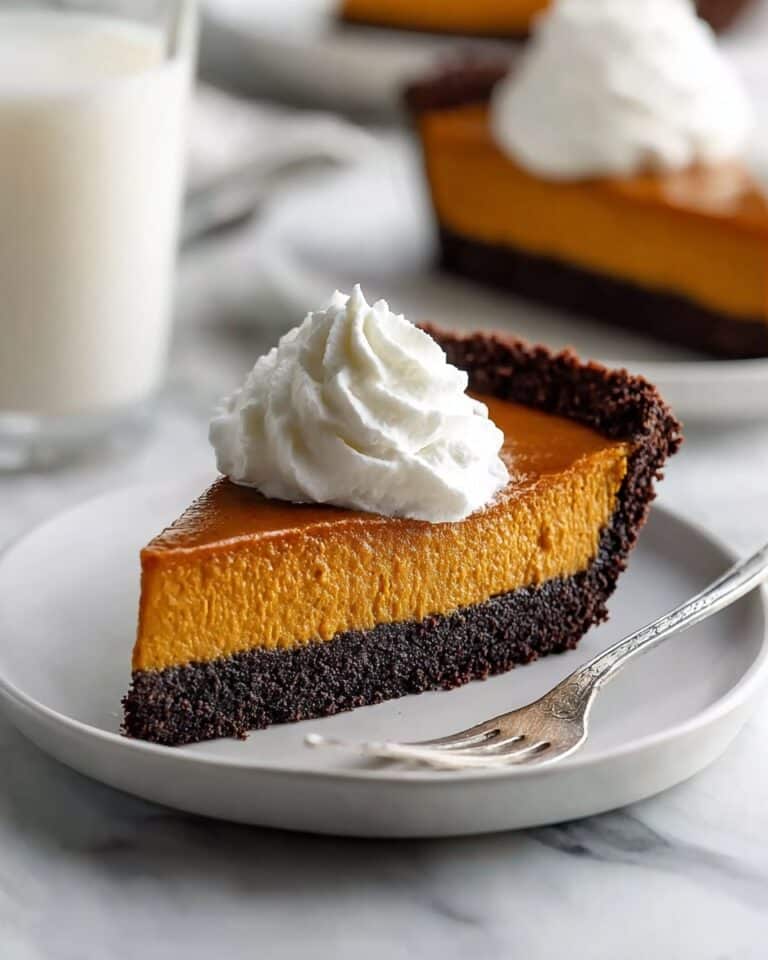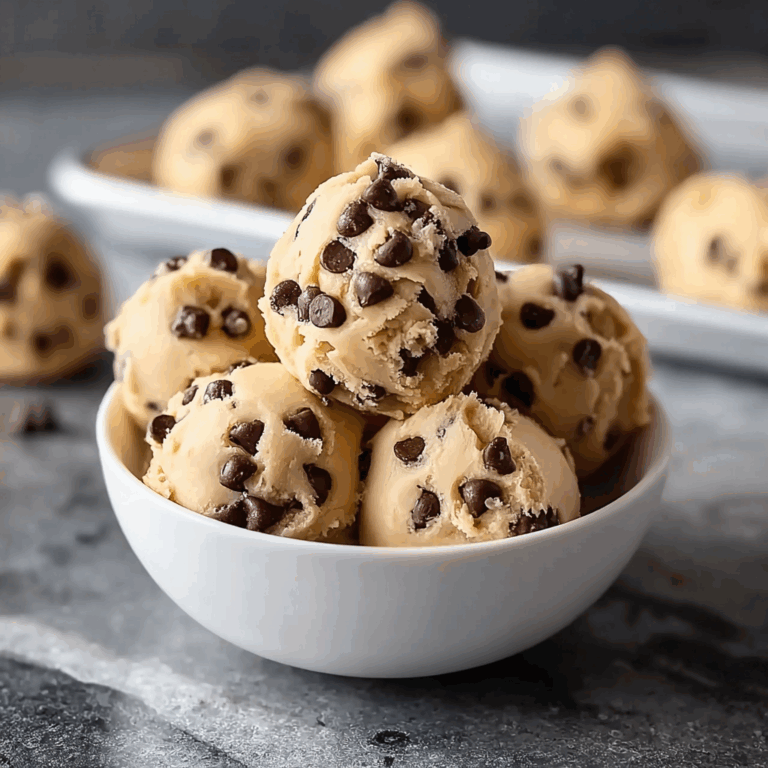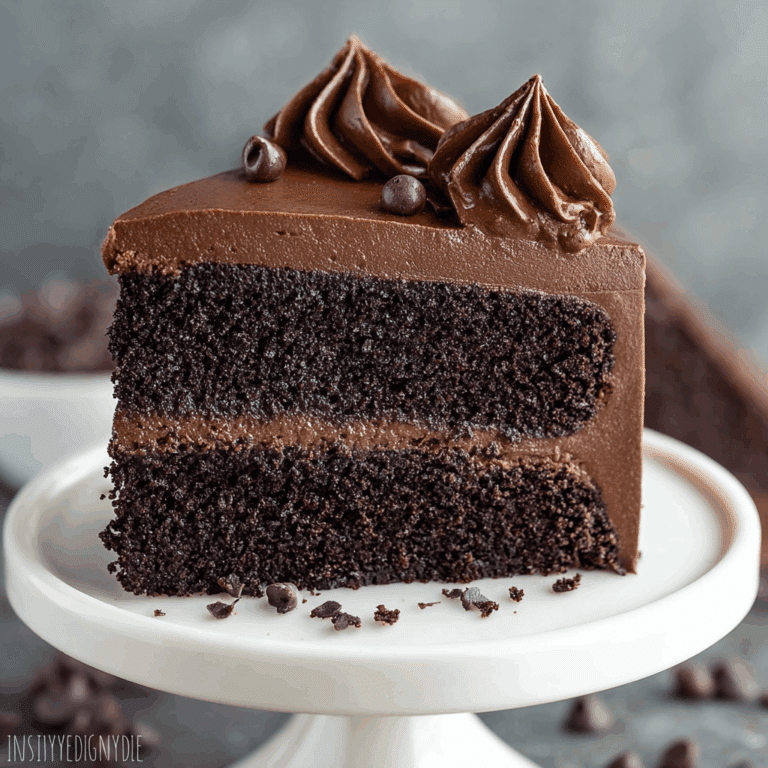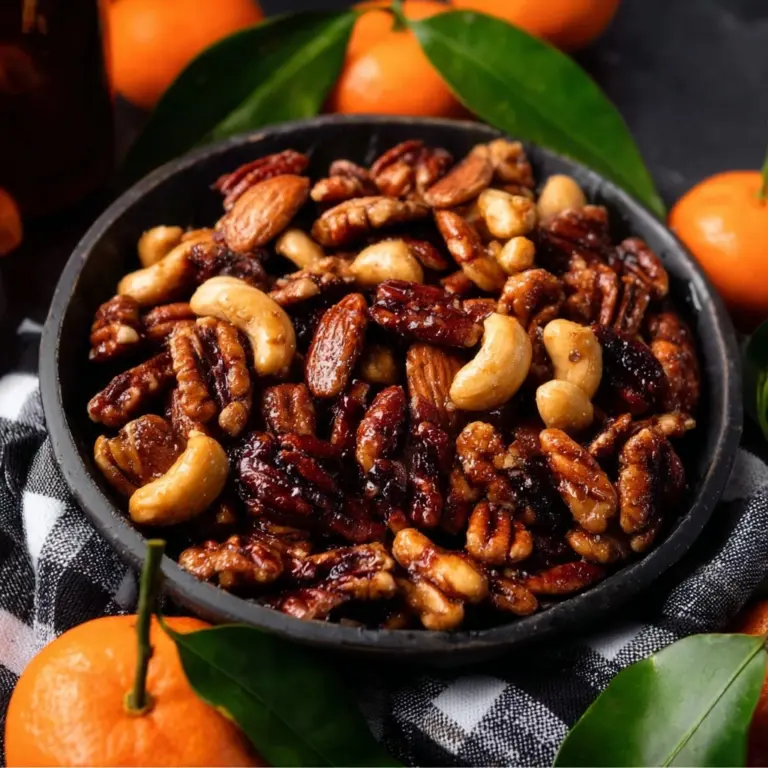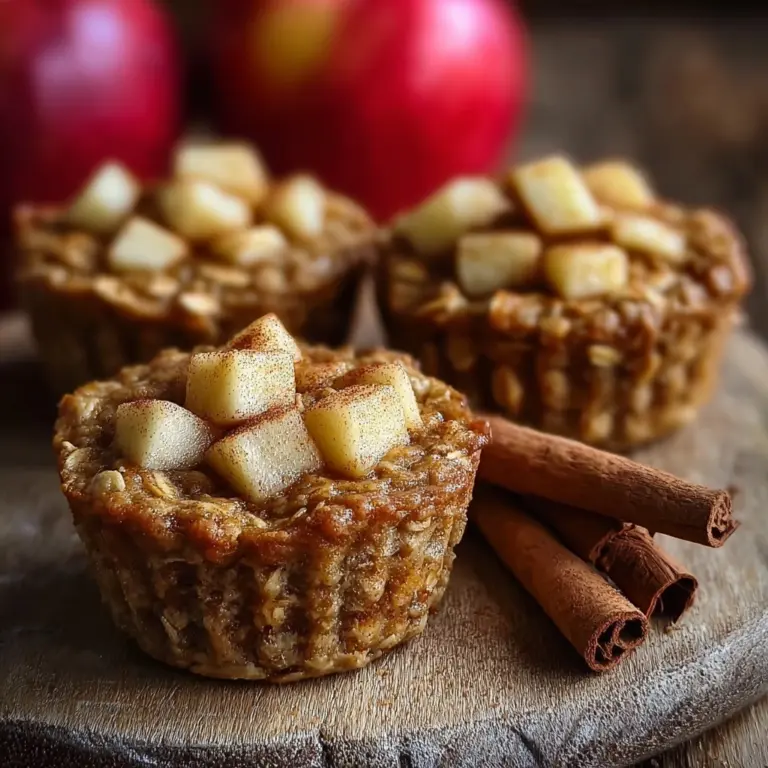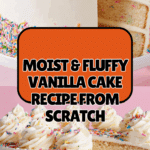To make your own cake flour, spoon and level one cup of all-purpose flour and remove 2 Tbsp Recipe
If you’ve ever dreamed of baking a moist, tender vanilla cake that feels like it’s fresh from a bakery, you’re in for a treat! This classic vanilla cake recipe is bursting with rich vanilla flavor and a perfectly balanced crumb, all thanks to one clever tip: To make your own cake flour, spoon and level one cup of all-purpose flour and remove 2 Tbsp. This simple trick helps achieve that soft, delicate texture that makes this cake utterly irresistible. Whether you’re baking for a celebration or just craving something sweet and comforting, this recipe will become your new favorite.
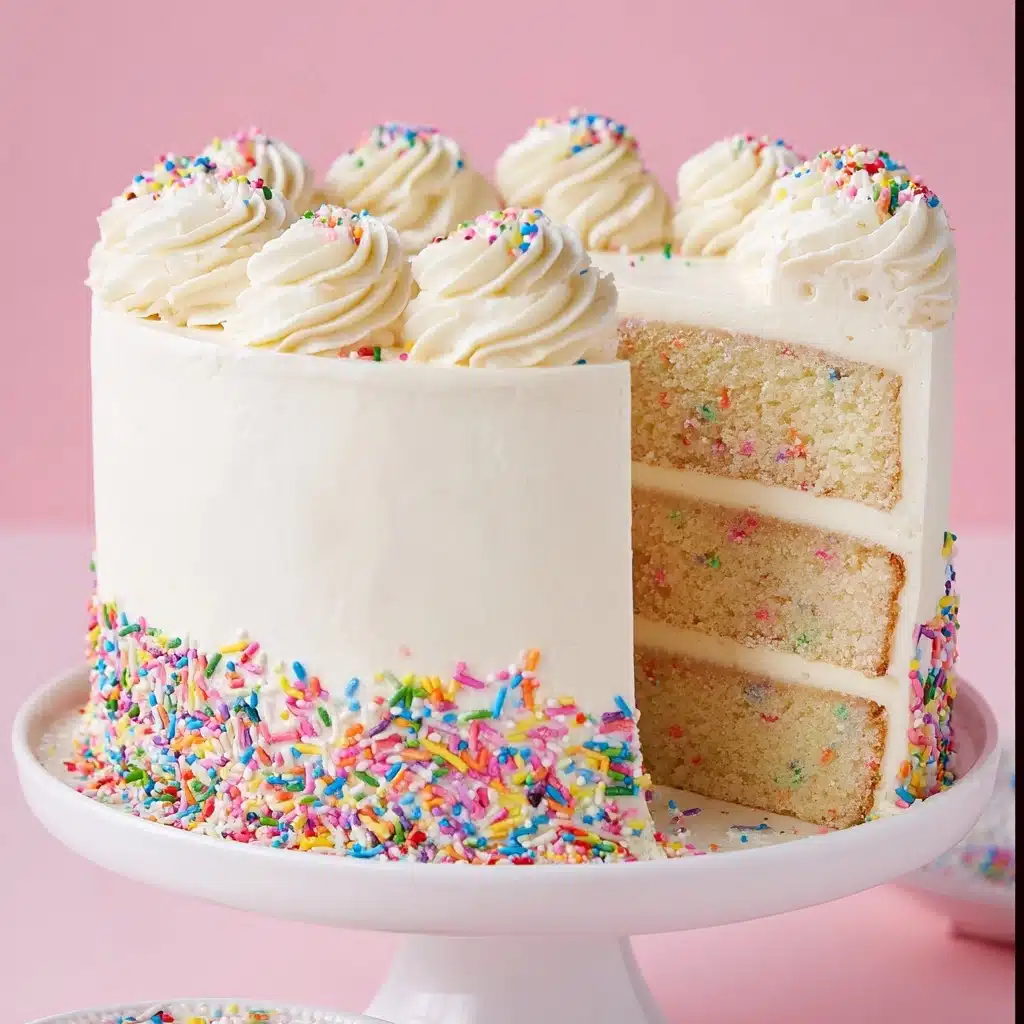
Ingredients You’ll Need
All you need to create this mouthwatering vanilla cake are a handful of straightforward ingredients—each one playing an essential role in delivering incredible flavor, richness, and that perfect crumb we all love.
- 2 3/4 Cups (290g) sifted cake flour* DIY recipe in notes: Provides a tender and light texture that’s key for the cake’s delicate crumb.
- 2 tsp baking powder: Leavens the cake, helping it rise beautifully and stay fluffy.
- 1/2 tsp baking soda: Works with sour cream to tenderize and enhance flavor depth.
- 1 tsp salt: Balances sweetness and intensifies the vanilla notes.
- 3/4 Cup (170g) unsalted butter, room temperature: Adds moisture and richness, making the cake buttery soft.
- 1 1/2 Cups (300g) granulated white sugar: Sweetens perfectly while helping to create a tender crumb.
- 2 large eggs + 2 egg whites, room temperature: Provides structure and stability without heaviness.
- 1/2 cup (120g) sour cream, room temperature: Keeps the cake moist and adds a subtle tangy richness.
- 1 Tbsp pure vanilla extract: The star of the show, infusing every bite with warm, comforting vanilla essence.
- 1 Cup (240ml) whole milk, room temperature: Ensures smooth batter consistency and tender crumb.
How to Make To make your own cake flour, spoon and level one cup of all-purpose flour and remove 2 Tbsp
Step 1: Prepare Your Cake Flour
Before diving into mixing, it’s essential to tackle the cake flour. To make your own cake flour, spoon and level one cup of all-purpose flour and remove 2 Tbsp. Then, add 2 Tbsp of cornstarch and sift the mixture at least four times. This process lightens the flour, removing some of the gluten and giving you that light, tender cake crumb that’s so important.
Step 2: Mix Dry Ingredients
In a large bowl, whisk together your sifted cake flour, baking powder, baking soda, and salt. This ensures your leaveners are evenly distributed, giving your cake a consistent rise and texture.
Step 3: Cream Butter and Sugar
Using a stand mixer or hand mixer, beat the unsalted butter on high speed for two minutes until it becomes light and creamy. Gradually add the sugar and continue mixing on medium-high for another two minutes. This creaming step traps air and is key to a fluffy, tender cake.
Step 4: Add Eggs and Flavoring
Lower the mixer speed and add eggs and egg whites one at a time, mixing just until combined after each addition. Scrape down the bowl as needed. Then, add sour cream and vanilla extract, beating on high speed for a full minute. Your batter may look a bit curdled here, but don’t let that worry you — it will come together beautifully.
Step 5: Combine Dry Ingredients with Wet
Add your dry ingredient mixture all at once at low mixer speed, mixing until just incorporated. Slowly pour in the milk while continuing on low speed. Scrape down the bowl and give the batter a few gentle stirs with a whisk to ensure there are no lumps. The consistency should be slightly thick but smooth.
Step 6: Bake to Perfection
Divide the batter evenly into greased and parchment-lined cake pans. Pop them in a 350°F oven and bake for 30-35 minutes. You’ll know they’re done when the tops spring back lightly to the touch and a toothpick inserted in the center comes out clean. Let the cakes cool in the pans for five minutes before transferring them to wire racks to cool completely.
How to Serve To make your own cake flour, spoon and level one cup of all-purpose flour and remove 2 Tbsp

Garnishes
A simple dusting of powdered sugar can work wonders to elevate your vanilla cake without stealing the spotlight. For a fancier touch, scatter fresh berries or edible flowers on top, adding bursts of color and a fresh pop that complements the cake’s creamy vanilla flavor.
Side Dishes
This vanilla cake pairs perfectly with a bowl of lightly whipped cream or a scoop of smooth vanilla or berry-flavored ice cream. For a special occasion, consider fresh fruit compote or a drizzle of chocolate or caramel sauce to add contrast and richness.
Creative Ways to Present
Slice your cake into delicate tiers for an elegant, layered dessert centerpiece. Or, cut the cake into fun-sized squares and serve it as petite cake bites at parties. You can also sandwich layers with different flavored frostings for an exciting twist, keeping that dreamy vanilla cake base intact.
Make Ahead and Storage
Storing Leftovers
Wrap leftover cake layers tightly in plastic wrap and store them at room temperature for up to two days. This will keep the cake moist and fresh. Avoid refrigeration unless your kitchen is very warm, as it can dry out the cake.
Freezing
You can freeze unfrosted cake layers wrapped securely in plastic wrap and a layer of foil for up to two months. When you’re ready to enjoy the cake, thaw the layers in the refrigerator overnight, then bring them to room temperature before frosting.
Reheating
Since this is a cake, reheating is best avoided, but if you really want your slices warm, briefly microwave them for 10-15 seconds, or serve alongside warm sauces or accompaniments to add softness.
FAQs
Why is cake flour better than all-purpose flour for this vanilla cake?
Cake flour has less protein than all-purpose flour, which results in less gluten formation. This gives cakes a softer, lighter, and more tender crumb—exactly what you want for a delicate vanilla cake.
Can I skip the step of making my own cake flour?
While you can use store-bought cake flour if you have it, making your own with the technique To make your own cake flour, spoon and level one cup of all-purpose flour and remove 2 Tbsp is a fantastic DIY hack that ensures you achieve that perfect texture without needing a specialty product.
Can I substitute the sour cream with something else?
Yes! Greek yogurt or buttermilk can work as substitutes, adding moisture and acidity to tenderize the cake. Just use the same amount and make sure it is at room temperature for the best results.
How do I know when the cake is fully baked?
The cake is done when the surface springs back lightly when touched and a toothpick inserted in the center comes out clean or with a few moist crumbs but no wet batter.
Can I use this recipe for cupcakes?
Absolutely! This batter makes fantastic cupcakes. Just reduce the baking time to about 18-22 minutes and use cupcake liners in a muffin tin. The texture and flavor will remain just as delicious.
Final Thoughts
This vanilla cake recipe is a timeless classic you’ll reach for again and again. By following the essential tip To make your own cake flour, spoon and level one cup of all-purpose flour and remove 2 Tbsp, you unlock the secret to that bakery-level tender crumb and perfect softness. So go ahead and give this recipe a go—you’ll have a cake that tastes like pure love in every bite!
PrintTo make your own cake flour, spoon and level one cup of all-purpose flour and remove 2 Tbsp Recipe
This classic vanilla cake recipe offers a moist, tender crumb with a rich buttery flavor, perfect for any celebration or everyday indulgence. Made from scratch with simple ingredients like cake flour, unsalted butter, and pure vanilla extract, it pairs beautifully with a creamy vanilla buttercream frosting for a timeless dessert that everyone will love.
- Prep Time: 20 minutes
- Cook Time: 30-35 minutes
- Total Time: 55-60 minutes
- Yield: 3 6-inch cake layers or 2 8-inch/9-inch cake layers 1x
- Category: Cake
- Method: Baking
- Cuisine: American
- Diet: Vegetarian
Ingredients
Vanilla Cake
- 2 3/4 Cups (290g) sifted cake flour* (see notes for DIY cake flour)
- 2 tsp baking powder
- 1/2 tsp baking soda
- 1 tsp salt
- 3/4 Cup (170g) unsalted butter, room temperature
- 1 1/2 Cups (300g) granulated white sugar
- 2 large eggs + 2 egg whites, room temperature
- 1/2 cup (120g) sour cream, room temperature
- 1 Tbsp pure vanilla extract
- 1 Cup (240ml) whole milk, room temperature
Vanilla Frosting
- 2 batches vanilla buttercream (or any preferred frosting)
Instructions
- Preheat and prepare pans: Preheat your oven to 350°F (175°C). Grease three 6-inch cake pans or two 8-inch or 9-inch pans with cooking spray and line the bottoms with parchment paper circles for easy release.
- Mix dry ingredients: Sift the cake flour, then spoon and level it carefully. In a separate bowl, whisk together the sifted cake flour, baking powder, baking soda, and salt. Set aside.
- Cream butter and sugar: In a stand mixer or with a handheld mixer, beat the unsalted butter on high speed for 2 minutes until light and creamy. Add sugar and mix on medium-high for another 2 minutes to aerate the mixture.
- Add eggs and wet ingredients: Reduce mixer speed to low. Add the eggs and egg whites one at a time, beating just until combined after each addition. Scrape down the bowl and paddle as needed. Add vanilla extract and sour cream, then turn mixer to high and beat for 1 full minute. The batter might look curdled here, which is normal.
- Combine dry and wet ingredients: Add all the dry ingredients to the batter at once. Mix on low speed just until incorporated. Slowly pour in the whole milk while mixing on low for about 30 seconds until smooth and combined. Scrape down the bowl and whisk a few times to remove lumps. The batter should be slightly thick.
- Bake the cake: Evenly divide the batter among the prepared pans. Bake for 30-35 minutes, or until cakes spring back when lightly touched and a toothpick inserted in the center comes out clean.
- Cool the cakes: Let the cakes cool in the pans for 5 minutes. Then, turn them out onto wire racks and cool completely to room temperature before frosting.
- Frost the cake: Once fully cooled, frost with a double batch of vanilla buttercream or your preferred frosting. Assemble and decorate as desired.
Notes
- *DIY Cake Flour Recipe: To make homemade cake flour, spoon and level 1 cup of all-purpose flour, remove 2 Tbsp, then add 2 Tbsp cornstarch. Sift this mixture 4 times and re-measure by spooning and leveling. For 290g needed in this recipe, scale accordingly. This substitution provides a lighter texture similar to store-bought cake flour.
- Vanilla Frosting: Use two batches of vanilla buttercream for frosting. You can substitute with any preferred frosting.
- Make Ahead: Baked and cooled cakes can be wrapped tightly in plastic and stored at room temperature for up to 2 days before decorating. Unfrosted layers can be frozen for up to 2 months before thawing and frosting.
- To Make Cupcakes: For cupcakes, refer to the similar vanilla cupcake recipe for best results.
Nutrition
- Serving Size: 1 slice (1/12th of cake)
- Calories: 350 kcal
- Sugar: 28 g
- Sodium: 220 mg
- Fat: 18 g
- Saturated Fat: 11 g
- Unsaturated Fat: 6 g
- Trans Fat: 0.3 g
- Carbohydrates: 42 g
- Fiber: 1 g
- Protein: 4 g
- Cholesterol: 90 mg
Keywords: vanilla cake, classic vanilla cake, homemade cake, moist cake recipe, vanilla buttercream, baking from scratch


